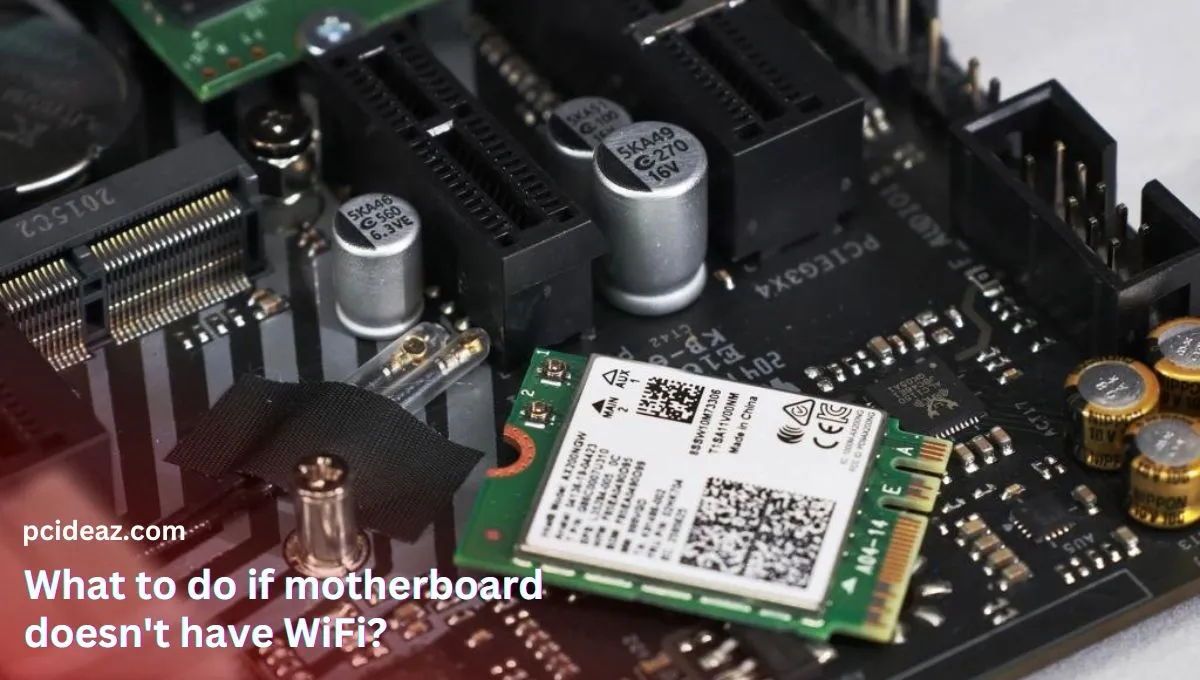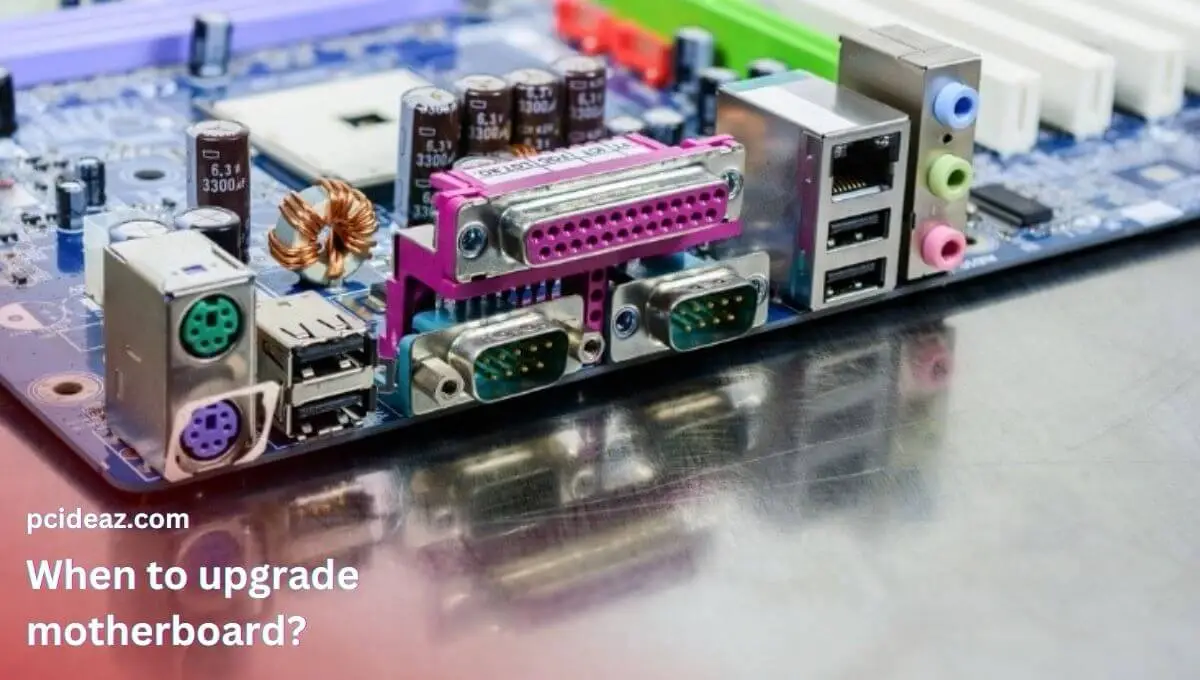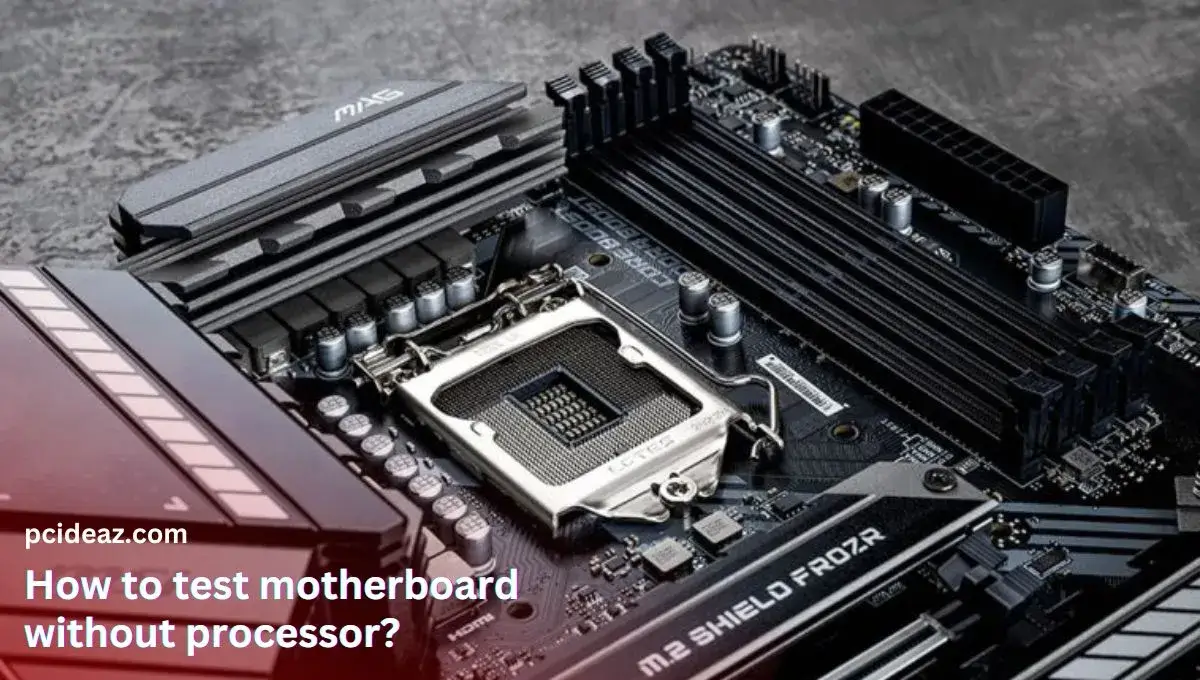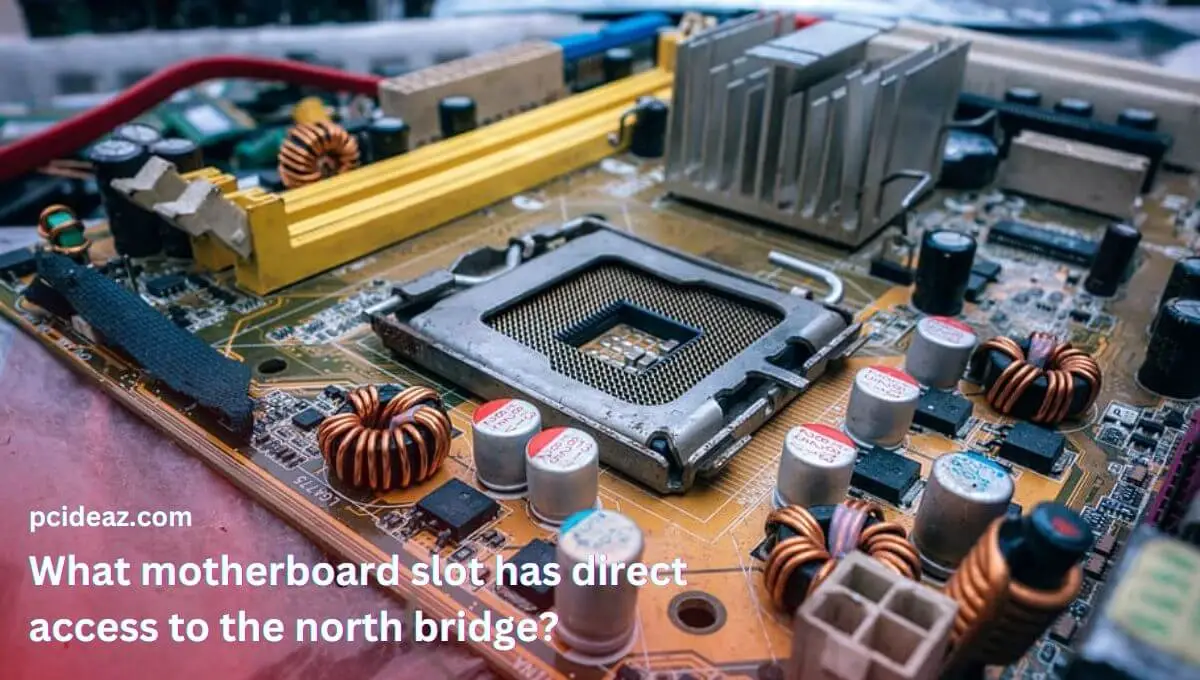The NVIDIA RTX 3060 is the latest offering in the RTX family of graphics cards. It features 12GB of GDDR6 memory and provides up to 3x better performance than the previous-gen 1060 card. With the combination of CUDA cores and NVIDIA’s DLSS 2.0 technology, it delivers exceptional performance for gaming and other GPU-intensive applications. It’s also more power-efficient than ever before.
You must know can my motherboard supports RTX 3060 to get the most out of the graphics card. The compatibility depends on your specific motherboard model and a few compatibility factors. This blog post will cover all the factors you must consider in a good motherboard for the RTX 3060. So you can make an informed decision before investing in this powerful graphics card. Read on to find out!
Key Takeaways
- The RTX 3060 is an excellent graphics card for 1080p and 1440p gaming; it can even handle 4k resolution.
- A compatible motherboard should have a 300/400 series chipset, PCIe x16 4.0 slot, and compatible BIOS, along with at least a 500-watt power supply unit.
- You must pair a compatible motherboard to get the most out of the graphics card’s overclocking and performance capabilities.
Factors for the RTX 3060’s compatibility
It is crucial to ensure that your motherboard is compatible with the graphics card. The compatibility of a motherboard with the RTX 3060 depends on several factors, such as the chipset, PCI Express 4.0 slot, minimum power supply, BIOS/UEFI version, and other features. Let’s explain these factors in detail!
Motherboard chipset
In order to be compatible with the RTX 3060, a motherboard must have a 300- or 400-series chipset or newer. If your motherboard doesn’t meet this requirement, you will not be able to use the RTX 3060.
PCI Express 4.0 slot
Your motherboard must also have a PCI Express 4.0 x16 slot to be compatible with the RTX 3060 graphics card. Most modern motherboards come with a PCI Express 4.0 slot, but you should double-check your specific model just to be sure.
Minimum power supply
Your motherboard must have at least a 500-watt power supply to run the RTX 3060. Anything lower than this will cause the graphics card to not perform at its full potential.
BIOS/UEFI version
It is crucial to ensure that your motherboard’s BIOS/UEFI version is up to date before installing the RTX 3060. You can usually update the BIOS/UEFI version through the computer’s BIOS/UEFI settings.
Other considerations
Other considerations for compatibility include making sure that your motherboard has enough RAM slots and storage ports to support the RTX 3060. Make sure to double-check all of these requirements before buying the card.
By taking the time to make sure that your motherboard is compatible with the RTX 3060, you can ensure that your computer will be able to properly utilize all of its capabilities.
Pros and cons of RTX 3060 support
The RTX 3060 graphics card is one of the most powerful and can provide amazing visuals and performance for gamers, content creators, and other users. However, before purchasing this card, it’s essential to determine if your motherboard can support it.
| Advantages | Disadvantages |
| Superior performance and graphics capabilities. | Not all motherboards are capable of supporting it. |
| Advanced features such as ray tracing, deep learning super-sampling (DLSS), NVIDIA Ansel, etc | |
| Support 4K and even 8K resolutions when paired with a compatible monitor. |
To determine if your motherboard can support this card, you will need to check the chipset, PCI Express 4.0 slot, power supply, BIOS/UEFI version, and other compatibility details. If your motherboard does not meet the necessary requirements, you will need to upgrade to a newer one that can handle the RTX 3060.
Tips for selecting and installing a new motherboard
If you’re wondering if your motherboard can support an RTX 3060 graphics card, there are several factors to consider. First, you must ensure your motherboard has the right chipset, PCI Express slot, and power supply to support the card. Here are a few other essential tips to consider when selecting and installing a new motherboard:
-
Choose a motherboard that offers a wide range of ports, allowing you to connect more peripherals.
-
Make sure the motherboard is compatible with the operating system and software you plan to use.
-
Ensure your chosen motherboard has enough RAM slots to upgrade.
-
Check that your motherboard has a BIOS or UEFI version that supports the RTX 3060.
-
Before buying, check that the manufacturer provides adequate technical support for the product.
-
Pay close attention to the instructions when installing your new motherboard. Be sure to avoid potential mistakes and ensure everything is connected correctly.
-
To ensure maximum performance, always install the latest drivers for your motherboard and graphics card.
Considering these steps, you can be sure that your motherboard can handle the power of an RTX 3060 graphics card.
Conclusion
If you’re looking to upgrade your computer with a new graphics card, you need to determine whether or not your current motherboard can support it. You can consider the motherboard chipset, PCI Express 4.0 x16 slot, a minimum of 500 watts power supply unit, BIOS/UEFI version, and other factors. If you find a motherboard with all these features and aspects, you can pair the RTX 3060 with it and enjoy playing games or doing content creations.







